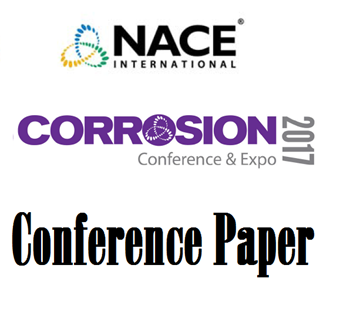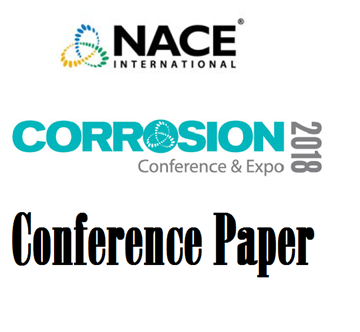Search
Composite Repairs And Cathodic Protection
Also Purchased
Penetration of Cathodic Protection into Pipeline Coating Disbondment
Product Number:
51317--9146-SG
ISBN:
9146 2017 CP
Publication Date:
2017
$20.00
07036 PRACTICAL CONSIDERATIONS FOR UPPER LIMITS OF CATHODIC PROTECTION
Product Number:
51300-07036-SG
ISBN:
07036 2007 CP
Publication Date:
2007
$20.00
51318-10544-Cathodic Protection, Coatings that Shield Cathodic Protection, Stress Corrosion Cracking and Corrosion Assessment in Aging Coated Pipe Lines and Buried Utility Structures
Product Number:
51318-10544-SG
Publication Date:
2018
$20.00
Recently viewed




